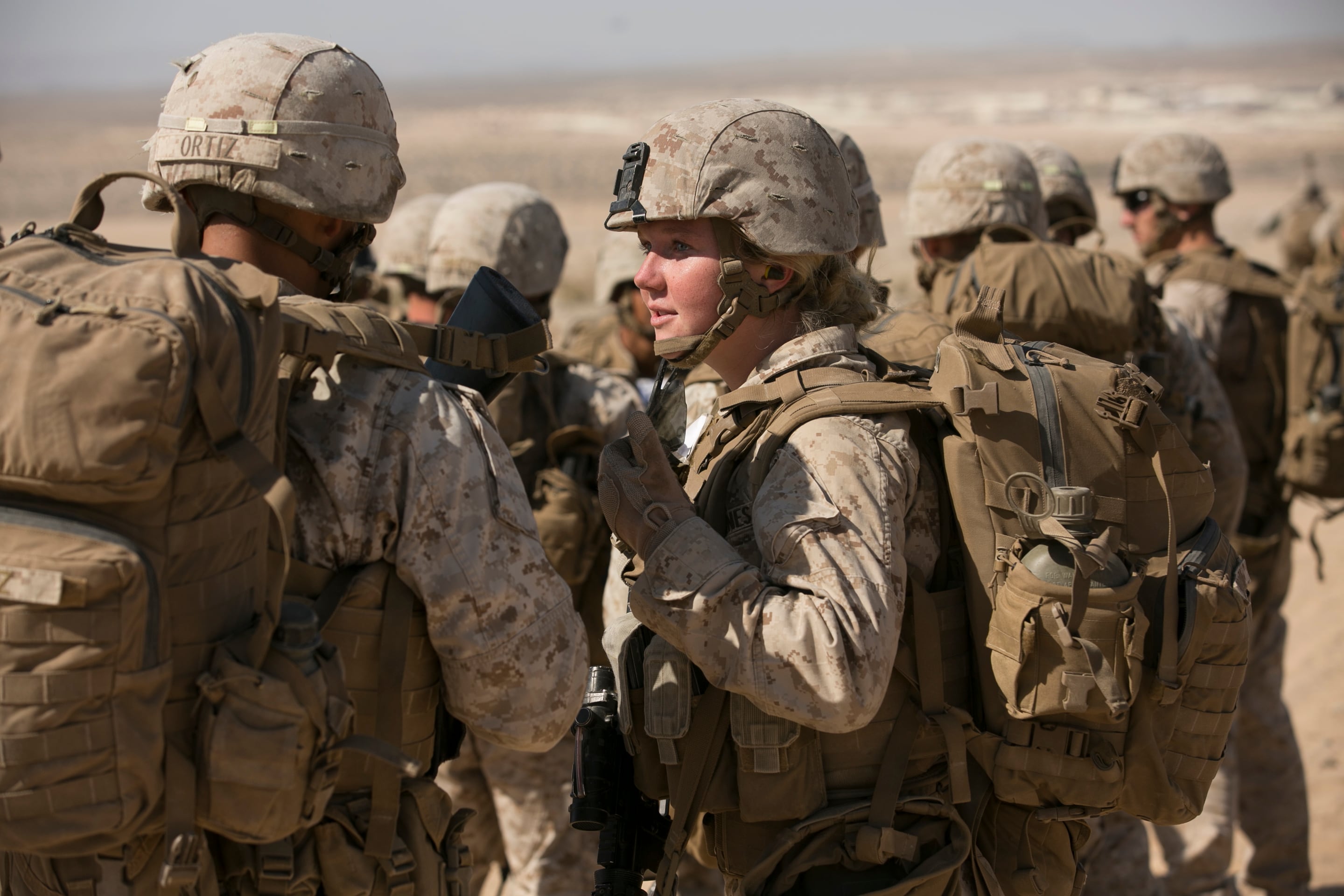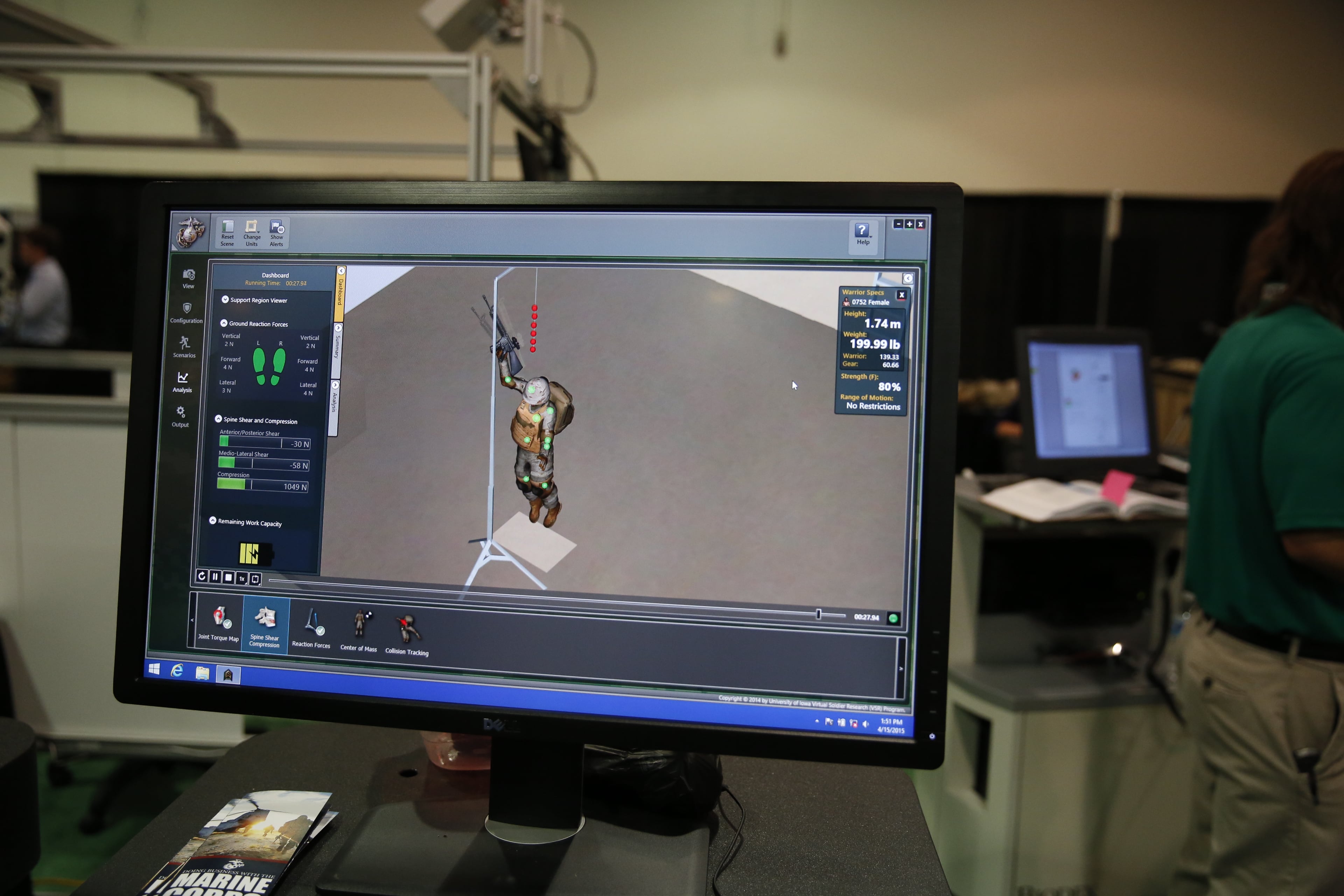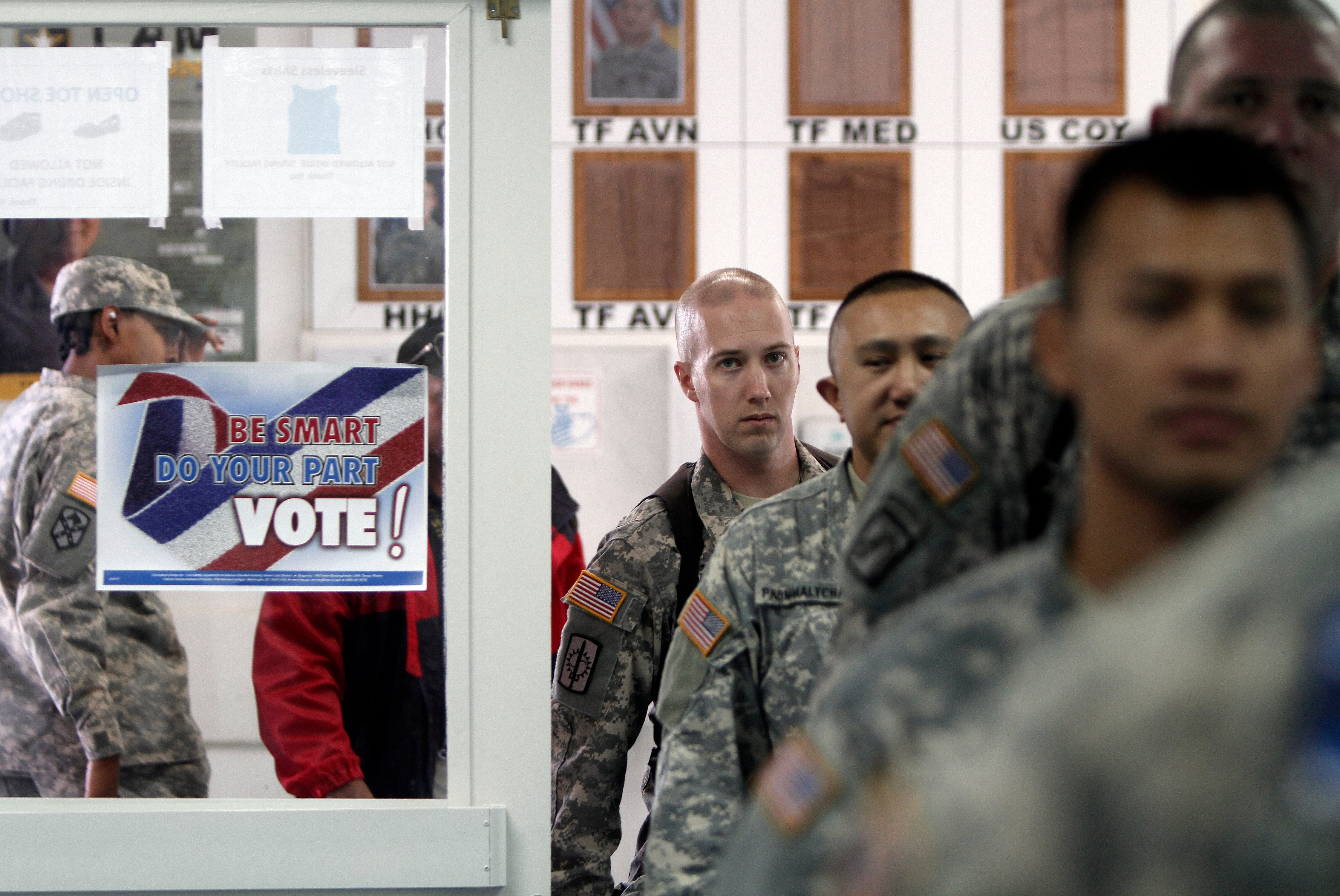A University of Iowa project is seeking to develop software to predict when Marines will be injured and what strength and conditioning exercises they need to do to avoid getting hurt, said Karim Abdel-Malek, a professor at the university's college of engineering.
"In the Marines, there have been a lot of studies in the past that have indicated that the numbers of injuries are substantial," said Abdel-Malek, a lead researcher on the project. "There's one study, for example, in '06 that said there were 1.95 million musculoskeletal injuries reported across the entire military."
Working with the Office of Naval Research, the university researchers hope to build upon the success they had in developing Gruntsim: A digital model that predicts how fatigued and dehydrated Marines will be after wearing new types of body armor and other gear, Abdel-Malek told Marine Corps Times in a Tuesday interview.
Gruntsim is analogous to a flight simulator, in which pilots can train toward their license without the costs and risks of going up in an actual plane, he said.
"Very similar: Our objective is to create this human model that you can test with inside a computer instead of putting it on a grunt," Abdel-Malek said. "Now we're going extend that to the injury part and say: 'Look, this knee has been sustaining a lot of forces over time and that knee is made up of the following bone, tissue and properties and so on; tell me when this guy is going to be injured."
The software being developed by January 2018 will be able to create human models that are representative of Marines, he said. Then the software will examine the result of biomechanical stresses on every joint in Marines' bodies.

Lance Cpl. Callahan Brown talks with a fellow Marine with the Ground Combat Element Integrated Task Force after an infantry assessment at Marine Corps Air Ground Combat Center Twentynine Palms, Calif. Following the defense secretary's announcement that all military jobs will be opened to women, Brown, an Infantry Training Battalion graduate, said she hopes to make a lateral move into an infantry rifleman position.
Photo Credit: Mike Morones/Staff
"We say, 'OK, we're going to model a guy just like you inside a computer,' " Abdel-Malek said. "We say: 'We're going to load you up with 80 pounds on your back with a helmet and a whole bunch of gear; we want you to do the following tasks.' I want the software to tell me whether you, particularly, will be injured or not.
"We'll come back and say: … 'We want him to do the following strength and conditioning periodization in order to improve his health, his muscular strength and so on in order to reduce the injury substantially.'"
The project is being conducted as the Marine Corps is set to allow women into military occupational specialties that had been restricted to men only. A Marine Corps gender integration study found that female Marines carrying heavy loads are more likely to be injured than their male counterparts.
While the University of Iowa project is not tied to the Marine Corps' gender integration efforts, the results may be used in the future as women join load-bearing MOSs, said Capt. Philip Kulczewski, a Marine Corps spokesman.




